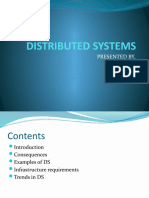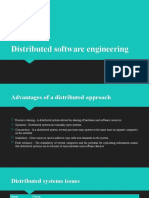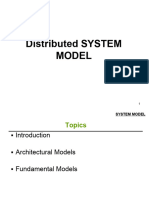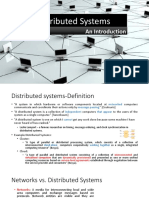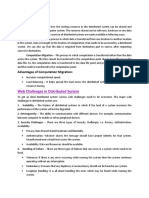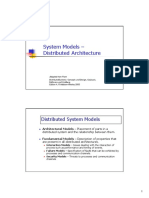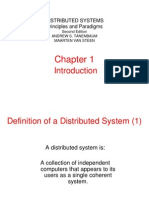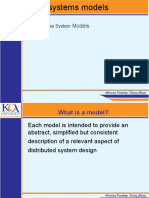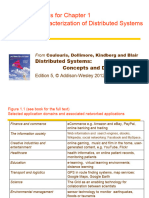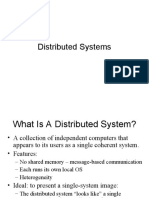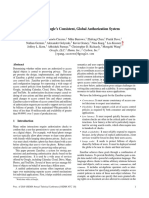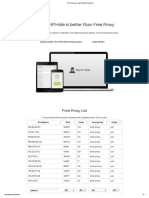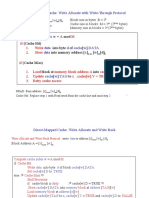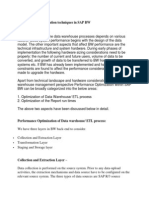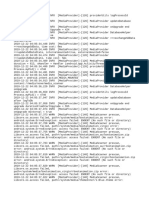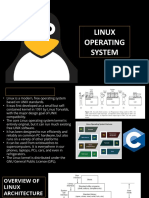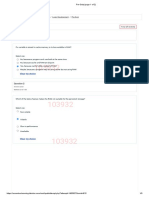0% found this document useful (0 votes)
8 views55 pagesLecture 1 - Introduction - 2024
The document provides an introduction to distributed systems (DSY), defining them as systems where components communicate via message passing. It discusses examples, trends, and challenges such as heterogeneity, security, and scalability, as well as various system models including physical, architectural, and fundamental models. The course is taught by Dr. Nguyen Quang Khanh and includes assessments based on weekly performance, progress, and an exam.
Uploaded by
huongdayvanCopyright
© © All Rights Reserved
We take content rights seriously. If you suspect this is your content, claim it here.
Available Formats
Download as PDF, TXT or read online on Scribd
0% found this document useful (0 votes)
8 views55 pagesLecture 1 - Introduction - 2024
The document provides an introduction to distributed systems (DSY), defining them as systems where components communicate via message passing. It discusses examples, trends, and challenges such as heterogeneity, security, and scalability, as well as various system models including physical, architectural, and fundamental models. The course is taught by Dr. Nguyen Quang Khanh and includes assessments based on weekly performance, progress, and an exam.
Uploaded by
huongdayvanCopyright
© © All Rights Reserved
We take content rights seriously. If you suspect this is your content, claim it here.
Available Formats
Download as PDF, TXT or read online on Scribd
/ 55



